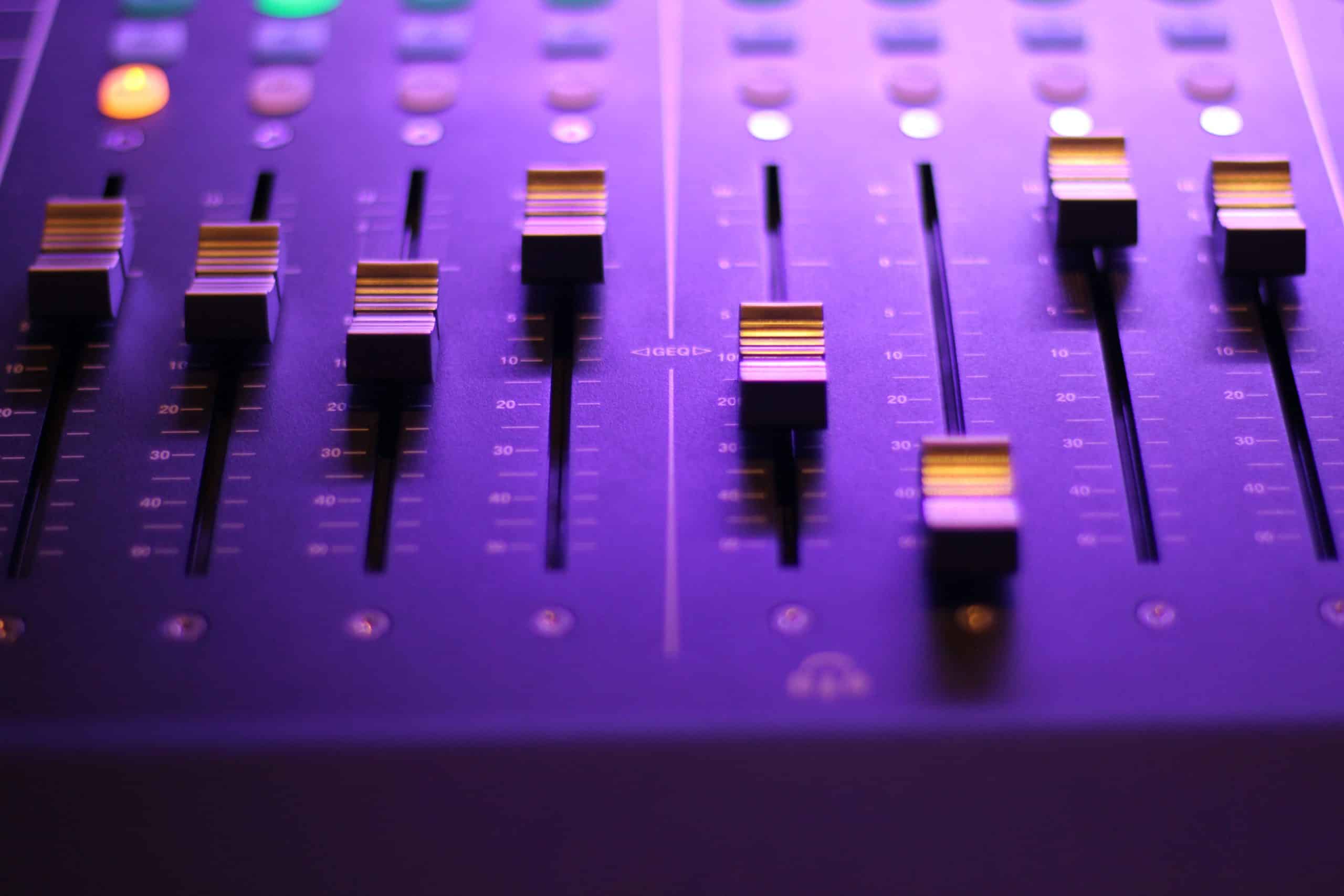The quality of sound in a room is greatly influenced by a multitude of factors, including room dimensions, wall material, and even furniture placement.
Inadequate attention to room acoustics can result in undesirable sound reflections, poor stereo imaging, and unclear dialogues in movies or music.
Understanding the nuances of how sound behaves in different room settings can enable you to make informed decisions in setting up a space for optimal acoustic performance.
Set Up: The Foundation Of Sound Quality
Before diving into the technicalities, it’s crucial to emphasise the significance of your room setup.
The arrangement of speakers, furniture, and acoustic treatments can make or break your listening experience.
Without proper setup, even high-end audio equipment will not deliver their full potential. Your room effectively becomes a component of your audio system.
Therefore, attention to detail when setting up can make a tangible difference in sound quality.
Speaker Placement Tools
When it comes to speaker placement, various tools can help you locate the optimal positions for your speakers within a room.
A reliable application like Soundton offers comprehensive room analysis and can generate frequency response graphs to show how your current setup performs.
Laser distance meters can also be extremely beneficial for ensuring accurate distances between speakers and listening positions.
Knowing the distance can help you fine-tune the speakers’ angle and tilt for the best sound imaging.
Room Calibration Software
Many modern AV receivers come equipped with room calibration software.
These work by sending test tones through the speakers and then using a microphone to measure the sound at the listening position.
The software then adjusts various parameters such as timing and level to tailor the sound for your specific room.
While these systems can be effective in optimising sound, they can’t perform miracles. They work best when your room and setup are already reasonably well-optimised.
Importance Of Room Geometry
The shape and dimensions of your room can play a vital role in how sound waves interact within the space.
Square rooms, for example, are generally avoided due to their tendency to amplify certain frequencies disproportionately.
Lengthy, rectangular rooms tend to offer better sound distribution.
Understanding room geometry can inform you of potential acoustic issues that may arise and guide you in arranging your setup to minimise these problems.
Material Matters: The Role Of Surface Materials
Beyond the actual setup of audio equipment and room geometry, the materials that make up your room’s surfaces—floors, walls, and ceilings—have a profound impact on sound quality.
Different materials interact with sound waves in unique ways, either reflecting, absorbing, or diffusing them.
Sound Absorption Materials
Soft materials like carpets, curtains, and acoustic panels serve to absorb sound waves, reducing echo and reverberation within a room.
This absorption can help clarify the sound and make dialogues more intelligible.
If your room has hard, reflective surfaces like tiled floors or glass windows, consider adding these materials to balance out the sound.
Sound Reflection And Diffusion
On the other end of the spectrum are hard materials like concrete and glass, which reflect sound waves.
While reflection can create a sense of spaciousness in the sound, it can also muddy the acoustics if not managed well.
Diffusers can be used to scatter reflective sound waves, making the room sound more natural and balanced.
Combining Materials For Optimal Acoustics
The key to great room acoustics often lies in balancing absorptive and reflective materials.
Too much absorption can make a room sound ‘dead,’ devoid of any reflections that contribute to a sense of space.
A well-thought-out combination can go a long way in creating an environment that brings out the best in your audio equipment.
Furniture And Accessories: The Unsung Heroes
Believe it or not, the furniture and accessories in your room can significantly contribute to its acoustic properties.
While these might not be the first elements you consider when optimising sound, their impact is undeniable.
The Role Of Furniture
Couches, tables, and bookshelves can act as unintentional diffusers, breaking up sound waves and reducing the severity of acoustic problems.
Conversely, the absence of furniture can lead to a more echoic space, which would require additional acoustic treatments.
Rugs And Drapes
Soft elements like rugs and drapes can absorb sound waves similarly to specialised acoustic panels.
Placing a rug between your speakers and the listening position can cut down on floor reflections, improving sound quality.
Drapes can serve the same purpose for wall reflections, especially if you have large windows in your listening room.
Optimizing Furniture Placement
Even the position of your furniture can affect sound quality.
For example, a centrally placed coffee table might cause reflections that interfere with sound imaging.
Experimenting with furniture positions can sometimes yield surprising improvements in acoustic performance.
Listener Position: The Crucial Sweet Spot
Another often-overlooked factor in room acoustics is the listener’s position.
The place where you choose to sit while enjoying your audio system can either enhance or compromise the overall sound quality.
In many instances, minor adjustments to your seating arrangement can offer significant improvements, giving you a more balanced and immersive listening experience.
Equilateral Triangle Principle
In stereo setups, the ideal listener position often forms an equilateral triangle with the two speakers.
This alignment ensures that sound from both speakers reaches your ears at the same time, optimizing imaging and the sense of space in your audio.
For best results, aim to sit at a point where the distance between you and each speaker is equal to the distance between the speakers themselves.
Height And Elevation
The height of your seating relative to the speaker drivers also matters.
Ideally, your ears should be at the same level as the tweeters of your speakers for more precise sound imaging.
If that’s not possible, some speakers come with adjustable stands or tilting mechanisms to help align the tweeters with your ear level.
Navigating Room Nodes
Every room has points where sound waves interact to create either a boost or a null in the frequency response, commonly known as room nodes.
Sitting at a room node can result in a skewed perception of bass frequencies.
To avoid this, you may need to experiment with shifting your seating position slightly forward or backward, or even adjusting the orientation of your seat.
Final Considerations
In conclusion, optimising room acoustics is not just about having the best audio equipment but involves a multi-faceted approach.
By understanding and applying these principles, you can substantially improve your audio experience, elevating movie nights and music listening sessions to new heights of auditory bliss.






